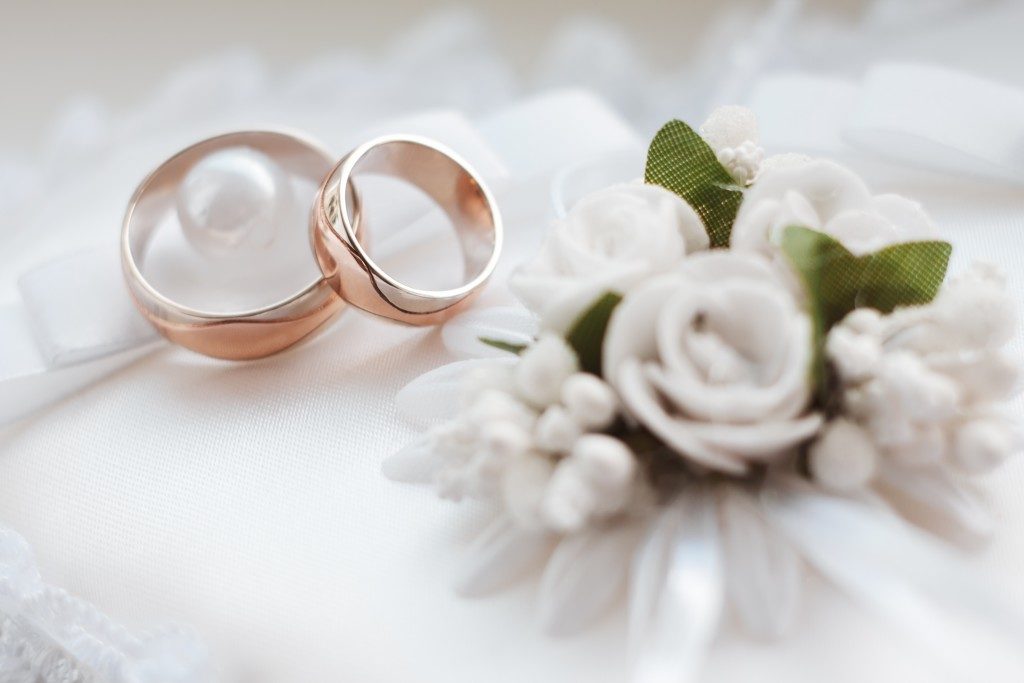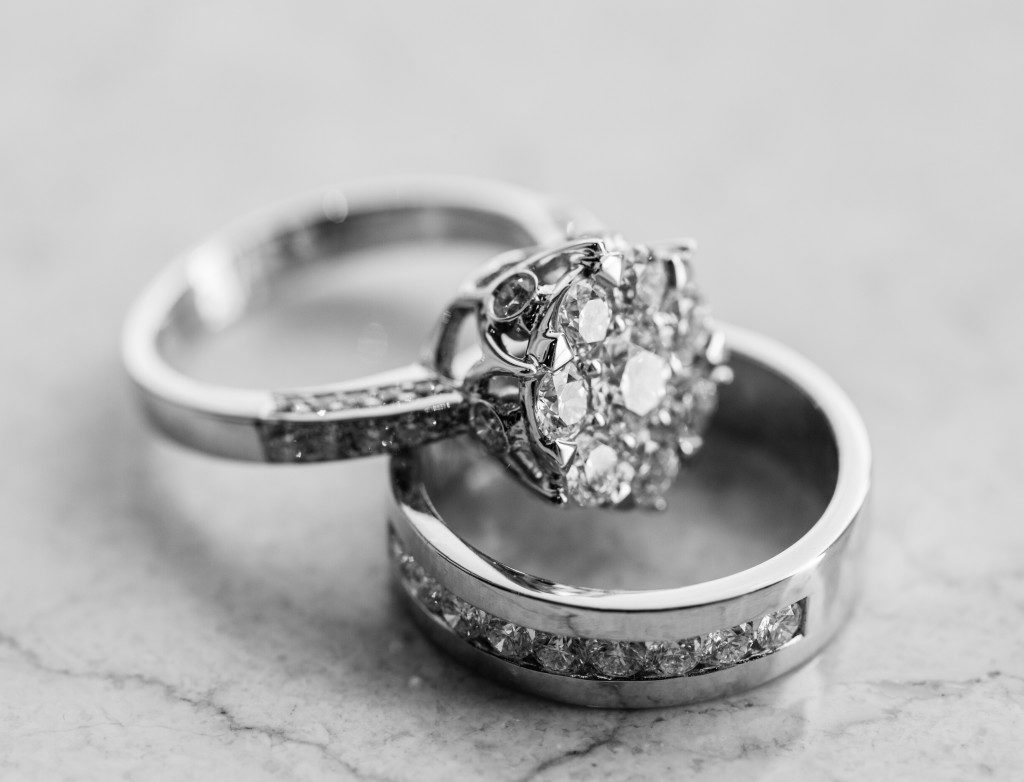Damaged hair can be a nightmare to deal with. The strands are prone to breaking, your scalp is more sensitive than ever, and there seems to be more hair on your bathroom floor than on your head. Fortunately, there are plenty of effective hair repair products out there that can help you undo the damage and restore your crown to its former glory.
But while you are treating your damaged hair, there are a few certain things that can slow down its recovery, and perhaps even make it worse. Here are the things that you should never do to your already damaged hair:
1. Using all sorts of hair repair products
Finding the right type of hair repair product can be a trial and error process. However, using too many in a short amount of time can do more harm than good. Hair repair products are designed to restore dry scalp, brittle hair, and other types of damage, but they still contain chemicals that when in excess, can cause more strain on your already damaged hair.
Instead of using multiple hair products to find the perfect cure for your damaged hair, try one product at a time and give it at least three to four weeks to take effect. If it doesn’t work well enough or doesn’t work at all, give your hair another few weeks of rest before trying another product.
2. Repeatedly dying bleached hair
Bleach is a harsh chemical that breaks hair proteins apart to remove color, resulting in lighter yet weaker strands. Frizziness, dryness, and breakage are common side effects of bleaching hair. After another dye, the weakened hair strands are more prone to breaking and falling out–more so with repeated rounds of dying.
If the initial dye after bleaching doesn’t turn out the way you want, resist the urge to dye your hair again. Give your hair and scalp a few weeks to recover before re-applying dye to avoid excessive damage. Better yet, wait at least three to four days after bleaching to apply the dye, and make sure to condition your hair afterward to restore some of the moisture it lost during the bleaching process.

3. Wearing tight hairstyles
Tight hairstyles are inherently harmful to hair, whether it’s healthy or damaged. With damaged hair, however, strands are more prone to breaking due to the pressure of a tight ponytail or bun. Until your hair gets some of its strength back, refrain from wearing Ariana Grande-esque hairstyles for now.
4. Using heat on your hair
Don’t damage your hair further by using a blow dryer, curling iron, straightener, or any other heat styling tool any further. Heat strips moisture from your hair strands, making them lose their shine and exaggerate the appearance of split ends. On top of that, the loss of moisture can make your hair more susceptible to breakage and excessive hair fall.
Try to avoid using heat styling tools as much as possible. If you can’t avoid it, apply a layer of heat protectant on your hair to prevent excessive loss of moisture.
5. Not shampooing your hair
Some people might think that forgoing the shampoo is better for recovering hair. However, skipping the shampoo in the shower every time can lead to conditioner accumulating on the hair shaft, making your hair very limp, impossible to style, and eventually prone to breakage. Instead, alternate between shampoo and conditioner with each shower to give your hair a good moisture balance. More importantly, find a good shampoo that contains little to no harmful chemicals that can cause further damage to your hair and scalp.
6. Aggressively brushing tangled hair
It’s easy to get frustrated when your hair refuses to untangle, and so you may brush it too aggressively to finally get rid of the knots. Doing this may successfully get your hair untangled, but you are likely tearing out many of your hair follicles from the root.
Avoid being too rough with your hair when brushing. Use a wide-tooth comb to work out the tangles, starting from the bottom and working your way up to your scalp. It’s also good practice to brush your hair only when it’s dry, as the hair is more likely to stretch and break when it’s wet.
These are some of the worst things you can do to your already damaged hair. If you want to help your hair recover faster, avoid these activities at all costs, and ensure that you use the right type of hair products to heal your dry scalp, brittle hair, split ends, and any other type of damage your crowning glory may be going through.



